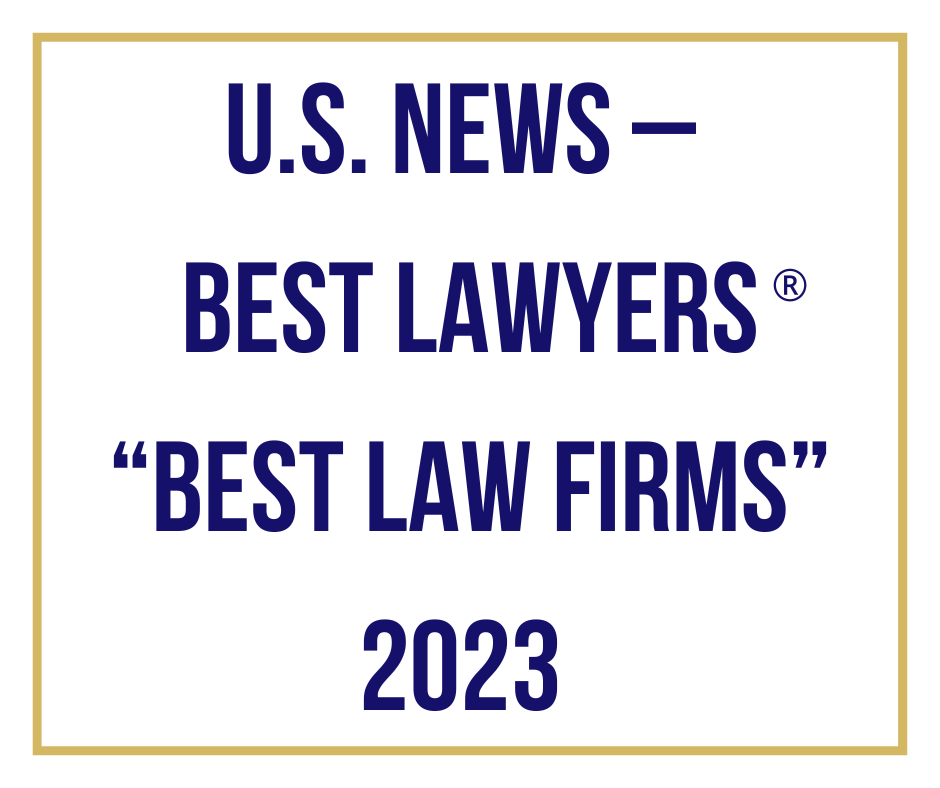|
Undocumented Persons Permitted to Practice Law in California |

As of October 2013, undocumented persons can be licensed to practice law in California if they pass the California Bar Exam.
History
Sergio Garcia first came to the U.S. with his family from Mexico when he was 17 months old. As a young child, he worked picking almonds in the field with his father. He returned to Mexico with his mother when he was nine and returned to the U.S. again when he was 17. In 1994, Garcia applied for citizenship, sponsored by his father, who is now an American citizen. He was approved for a green card, but has been on a waiting list to receive a card ever since.
Garcia supported himself while he attended community college, studying to become a paralegal, and then attended Cal Northern School of Law in Chico. Garcia also published a self-help book in 2006. In 2009, he passed the California Bar Exam and was granted a law license, which was rescinded because he was undocumented. He is now 36 years old.
|
|
California Indemnity Law’s Impact on Crane Rental Job Tickets |

Published in: Crane Hot Line Magazine
The typical job ticket serves multiple functions, including standard terms and conditions. Terms and conditions typically cover the equipment rental and duties and responsibilities of the crane operator and customer. In the event of a loss or accident, the terms and conditions identify the party required to provide indemnification and insurance coverage. Clearly, indemnification is one of the signature issues in any crane contract, and recent changes to California’s indemnity law have had a significant impact on construction and crane rental service contracts.
|
|
Recent Developments in California’s Right to Repair Act |

California Civil Code Section 895, et seq., (“Right To Repair Act” or “SB 800”) the so- called “fix it” law effective January 1, 2003, expressly provides that with respect to residential construction, defects are defined as set forth in Civil Code Section 896 and said defects do not require appreciable “property damage.” The holding in Aas v. Superior Court (2000) 24 Cal.4th 627 (“Aas”) was expressly superseded for construction completed on or after January 1, 2003.
The new Civil Code sections have three main impacts with respect to construction defect litigation. First, the statutes established functionality requirements by defining specific construction defects. For example, with respect to framing, California Civil Code Section 896(b)(4) provides “[T]he building shall be constructed to materially comply with design criteria for earthquake and wind load resistance as set forth in the applicable government building codes, regulations and ordinances in effect at the time of the original construction.”
More importantly the new statutes provide specific meet and confer guidelines concerning the builder’s right to fix alleged defects and specifically provides time limits in which to respond to a claim (14 days) and the time allowed for inspections and the repair of the property (14 days and 30 days, respectively). Under these new statutes, the builder maintains the right to offer alternative dispute resolution options such as arbitration and judicial reference.
|
|
Prevention and Handling of E&O Claims |

On April 16, 2014, Gray·Duffy, LLP partners Michael S. Eisenbaum and Gary S. Gray
presented to Brown & Riding Insurance Inc. on limiting the exposure and handling of errors & omissions claims. Their presentation covered topics such as the importance of documentation, selling price compared to coverage and an overview of cases exemplifying the common pitfalls that can lead to E&O claims.
Mr. Eisenbaum and Mr. Gray correspondingly provided insight on the trends in claims against insurance brokers and the best way to recognize potential exposure. The presentation also included a discussion on the ramifications of expressing interpretations of coverage when obtaining insurance policies for clients.
If you are interested in a presentation or have any questions on the services provided by
Gray·Duffy, LLP,
please contact Gary Gray at
[email protected].
|
|
|
So You Think You Know The Law
|
True or False?
A Memorandum of Costs must be accompanied by a verification by the prevailing party, or party’s attorney, stating “that to the best of his or her knowledge the items of costs are correct and were necessarily incurred in the case.”
True or False?
Costs of service by a process server, including stakeout costs, are appropriate to recover in a Memorandum of Costs.
True or False?
A party may not recover costs for withdrawn motions in a Memorandum of Costs.
|
 |
 |
Anti-deficiency law and the one-form-of-action rule.
Effective July 15, 2011, Code of Civil Procedure Section 580e was amended to expand the anti-deficiency protection in the context of short sales. Previously, the anti-deficiency statute only protected the borrower only under a first deed of trust. New law now extends to any deed of trust, including junior lien holders if the holder of the deed of trust consents to a short sale and receives the sale proceeds as agreed. Previously, Section 726 of the Code of Civil Procedure – the one-form-of-action rule – did not apply to a short sale in which the lender consented to the release of its lien only and the borrower agreed to remain personally liable on the loan. Bank of America, N.A. v. Roberts (2013) [citation]
|
Rent control
A landlord’s notice to its tenant that the tenant’s failure to maintain insurance would be henceforth deemed a material breach that would result in a forfeiture of the lease, was a unilateral change of the terms of the lease and was held to be invalid under the Los Angeles Rent Stabilization Act. Nivo 1, LLC v. Antunez (2013) [citation]
|
|









